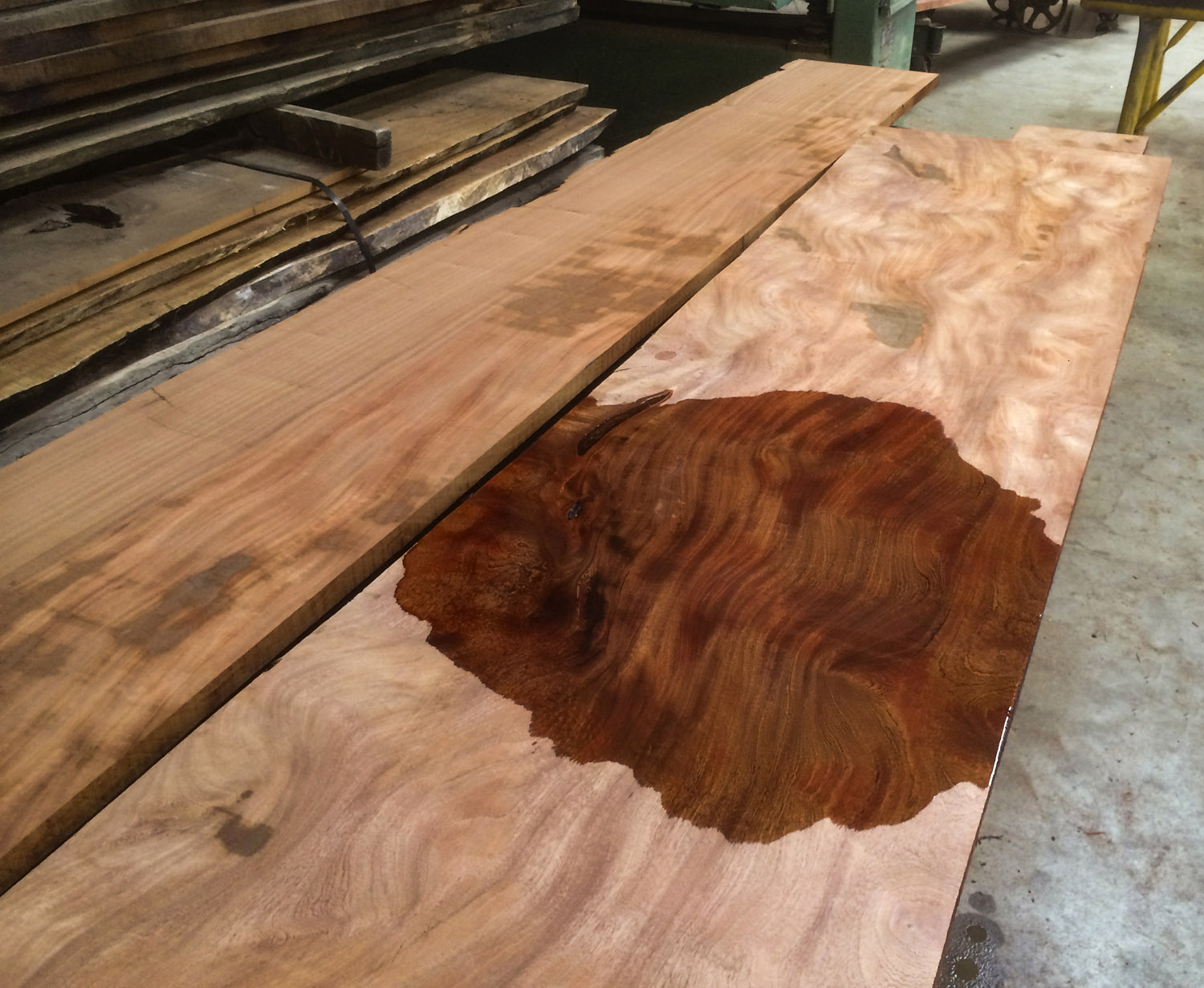Sapele Wood
Sapele Wood: Exploring the Timeless Beauty and Versatility of African Hardwood
When it comes to woodworking, few materials can match the timeless elegance and versatility of Sapele Wood. Derived from a majestic tree native to tropical Africa, Sapele Wood has gained popularity among artisans, designers, and craftsmen around the world. In this blog post, we will embark on a journey to uncover the captivating beauty and wide-ranging applications of Sapele Wood.
Origins and Characteristics
Sapele Wood comes from the Sapele tree (Entandrophragma cylindricum), a large deciduous tree found in West and Central Africa. Known for its remarkable strength and durability, Sapele Wood possesses excellent dimensional stability, making it resistant to warping and shrinkage. These qualities make it a highly sought-after material for various applications.
Visual Appeal and Unique Grain Patterns
One of the standout features of Sapele Wood is its remarkable visual appeal. The wood exhibits a rich reddish-brown
color with dark ribbon-like streaks, which give it a sense of depth and character. Its lustrous finish enhances its
natural beauty, often rivaling the appearance of other exotic hardwoods.
Sapele Wood's grain patterns, known for their interlocking and sometimes wavy nature, add a touch of uniqueness to each
piece. Whether used for furniture, cabinetry, or decorative accents, the distinctive grain of Sapele Wood creates
visually stunning and eye-catching designs.
Versatility in Applications
The versatility of Sapele Wood allows it to shine in various applications. Its exceptional durability makes it ideal for
use in furniture, especially for pieces that require strength and stability. Sapele Wood is often chosen for crafting
high-quality cabinets, tables, chairs, and doors that can withstand the test of time.
Moreover, Sapele Wood's resilience makes it suitable for exterior applications such as decking, boat building, and
outdoor furniture. Its natural resistance to rot and decay ensures that these pieces can withstand harsh weather
conditions and maintain their beauty for years to come.
Craftsmanship and Musical Instruments
Sapele Wood's exceptional tonal properties make it a preferred choice for crafting musical instruments. The wood is commonly used in the construction of guitars, particularly for the back and sides. Sapele Wood's tonal characteristics, which are often described as warm and balanced, contribute to the instrument's overall sound quality and resonance.
Sustainable Sourcing and Conservation
As with any valuable natural resource, it is crucial to ensure responsible sourcing and conservation practices for Sapele Wood. Supporting sustainable forestry management and promoting ethical sourcing practices help preserve the delicate balance of African forests and protect the habitat of endangered species. By choosing Sapele Wood from reputable sources, we can contribute to the long-term sustainability of this remarkable material.
Sapele Wood stands as a testament to Africa's rich natural resources and the timeless beauty of hardwood. Its exceptional durability, captivating grain patterns, and versatile applications have made it a favorite among artisans, designers, and musicians alike. From furniture to musical instruments, Sapele Wood adds a touch of sophistication and elegance to any creation. Let us appreciate the remarkable qualities of Sapele Wood while promoting sustainable practices to ensure its availability for future generations to enjoy.




